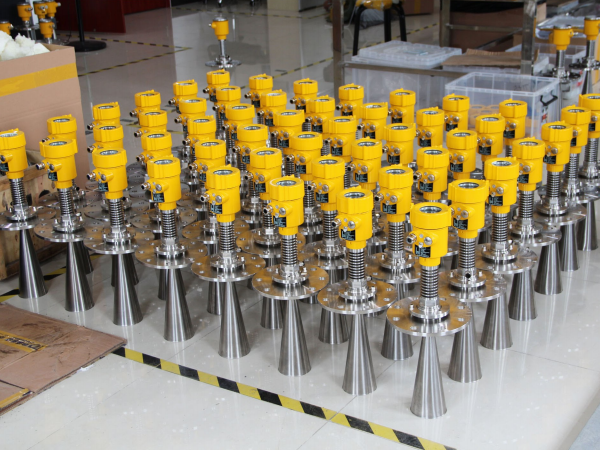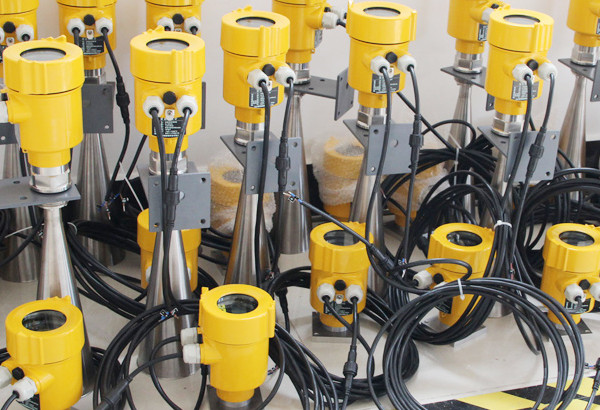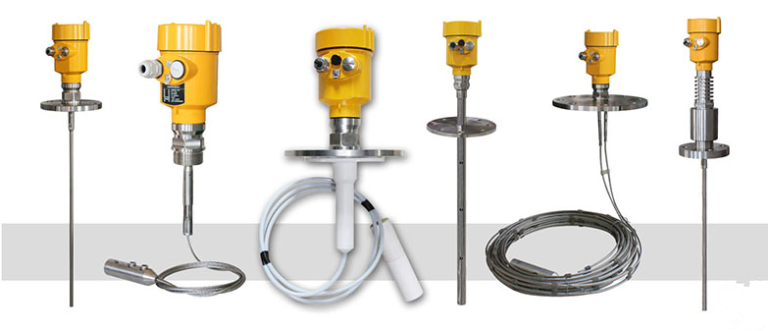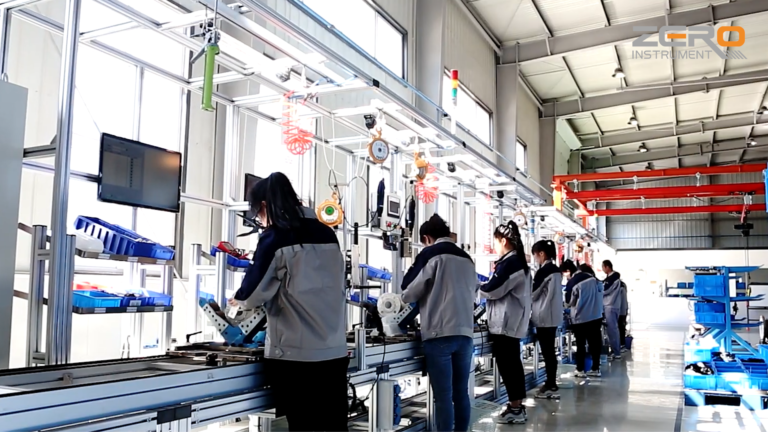In the field of industrial automation and process control, it is crucial to accurately measure the level of liquid, granular or powdered materials.
Traditional level measurement equipment is often unable to cope with complex working conditions such as high temperature, high pressure, corrosive media, foam, steam, etc.
However, radar level meters are an ideal choice for these challenging environments due to their non-contact measurement, high reliability and easy installation.

When the ambient temperature rises to hundreds of degrees Celsius, many sensors will fail due to high temperature. Radar level meters use high-frequency microwave signals, whose propagation is almost unaffected by temperature.
They can work stably even in environments up to 200°C, ensuring continuous and accurate level monitoring. In high-pressure environments, safety becomes the primary consideration.
The non-contact nature of radar level meters means that there is no need to drill holes in the container, reducing the risk of leakage, while avoiding damage to the instrument from high pressure, ensuring the safety of operation and the long-term stability of the instrument.

For highly corrosive chemicals, such as acids and alkalis, the choice of equipment material is crucial. Radar level meters usually use high-performance plastics such as polytetrafluoroethylene (PTFE) or polyvinylidene fluoride (PVDF) as materials, which can withstand chemical corrosion and ensure the durability and accuracy of the equipment.
Foam is the “natural enemy” of many liquid level measurement devices, especially in the pharmaceutical and food and beverage industries. Radar level meters can identify and suppress interference signals generated by foam through optimized signal processing algorithms to achieve effective measurement of the true level.
In environments containing steam or dust, traditional ultrasonic or laser ranging equipment may not work properly due to signal attenuation.
The microwave signal emitted by the radar level meter has strong penetration ability and can maintain a high level of measurement performance under conditions of steam and dust.

The multi-interface design allows the radar level meter to be easily integrated into the existing control system. Whether it is a 4-20mA analog signal or various digital communication protocols, it can achieve seamless docking, improving the response speed and intelligence level of the system.
The simple installation process reduces engineering costs. Even in inaccessible locations, the radar level meter can be quickly deployed without a complicated debugging process. The plug-and-play feature greatly shortens the project construction cycle.
In terms of maintenance, the radar level meter requires almost no daily maintenance, which reduces operating costs. The self-calibration function reduces manual intervention, and the automatic false echo suppression technology improves the stability of the measurement, allowing the equipment to maintain optimal performance in harsh environments.

Radar level meters not only overcome the challenges of complex working conditions technically, but also demonstrate advantages in terms of economy.
Accurate measurement data helps optimize inventory management, reduce over-ordering and out-of-stock situations, and thus directly reduce corporate costs.
For companies seeking reliable, efficient and economical level measurement solutions, radar level meters are undoubtedly an option worth considering.
With the continuous advancement of technology, future radar level meters will be more intelligent, better serve various industrial applications, and provide solid technical support for the stable operation and long-term development of enterprises.
